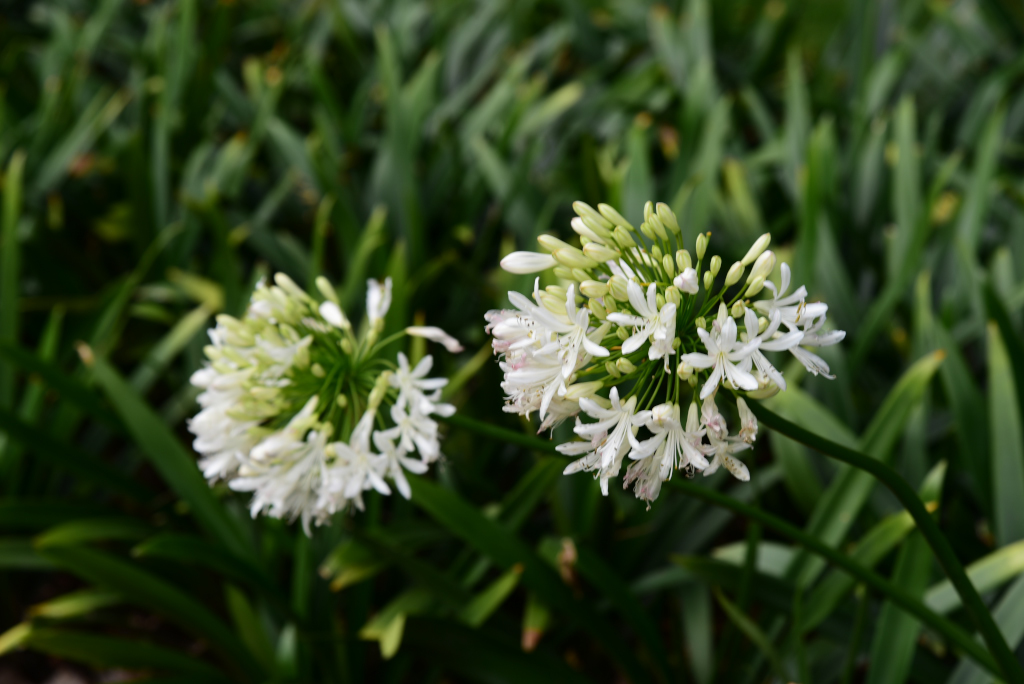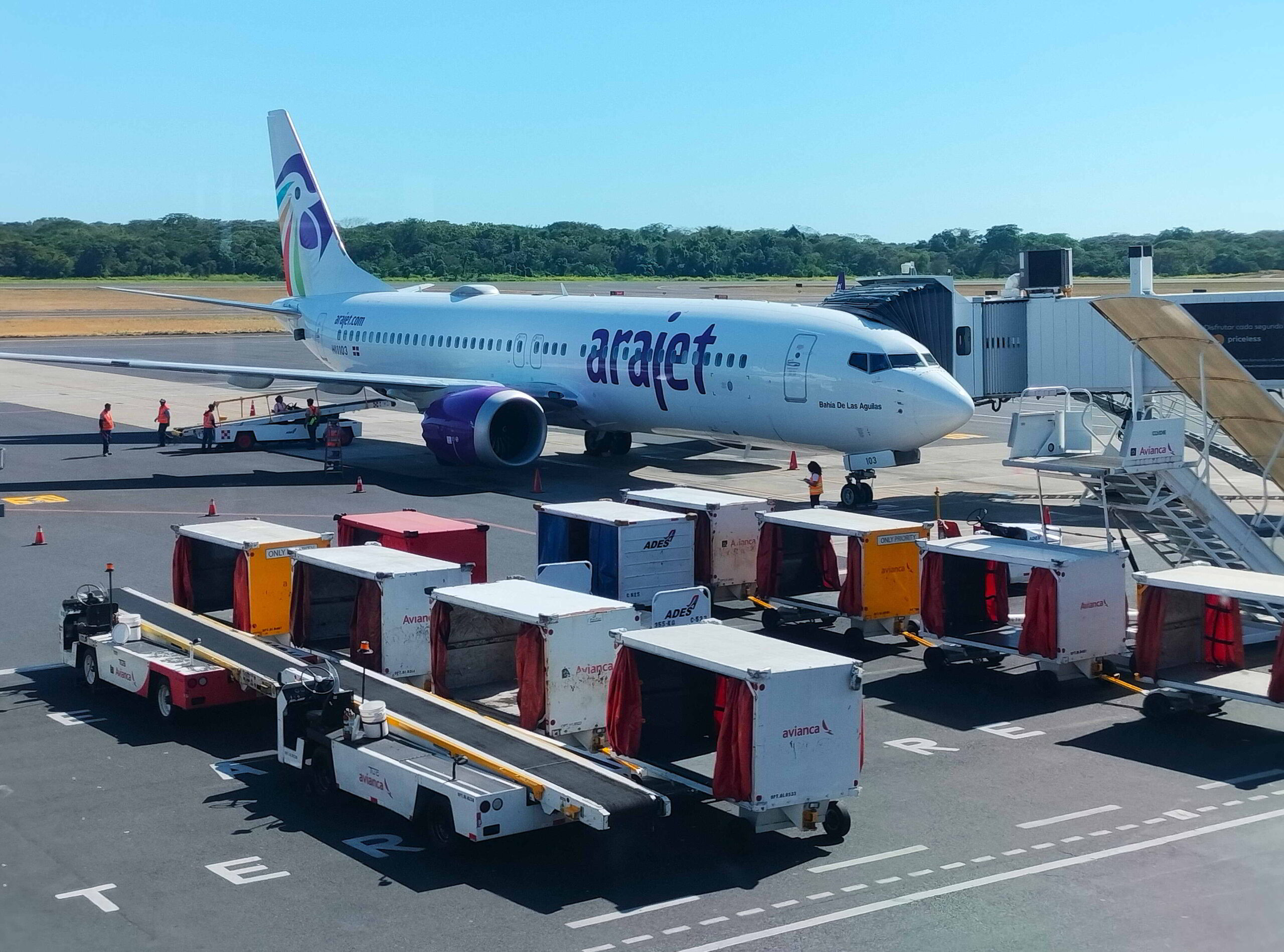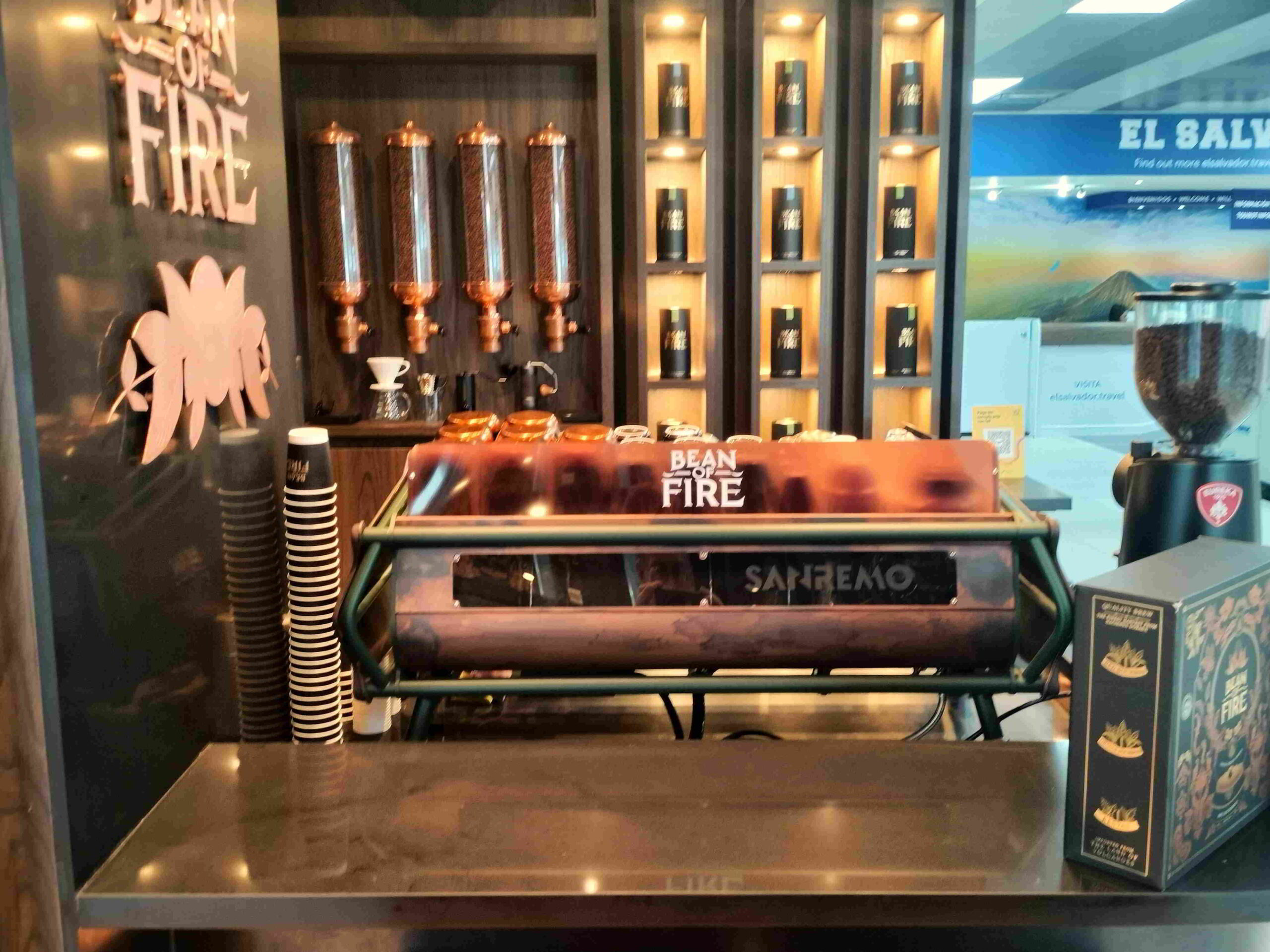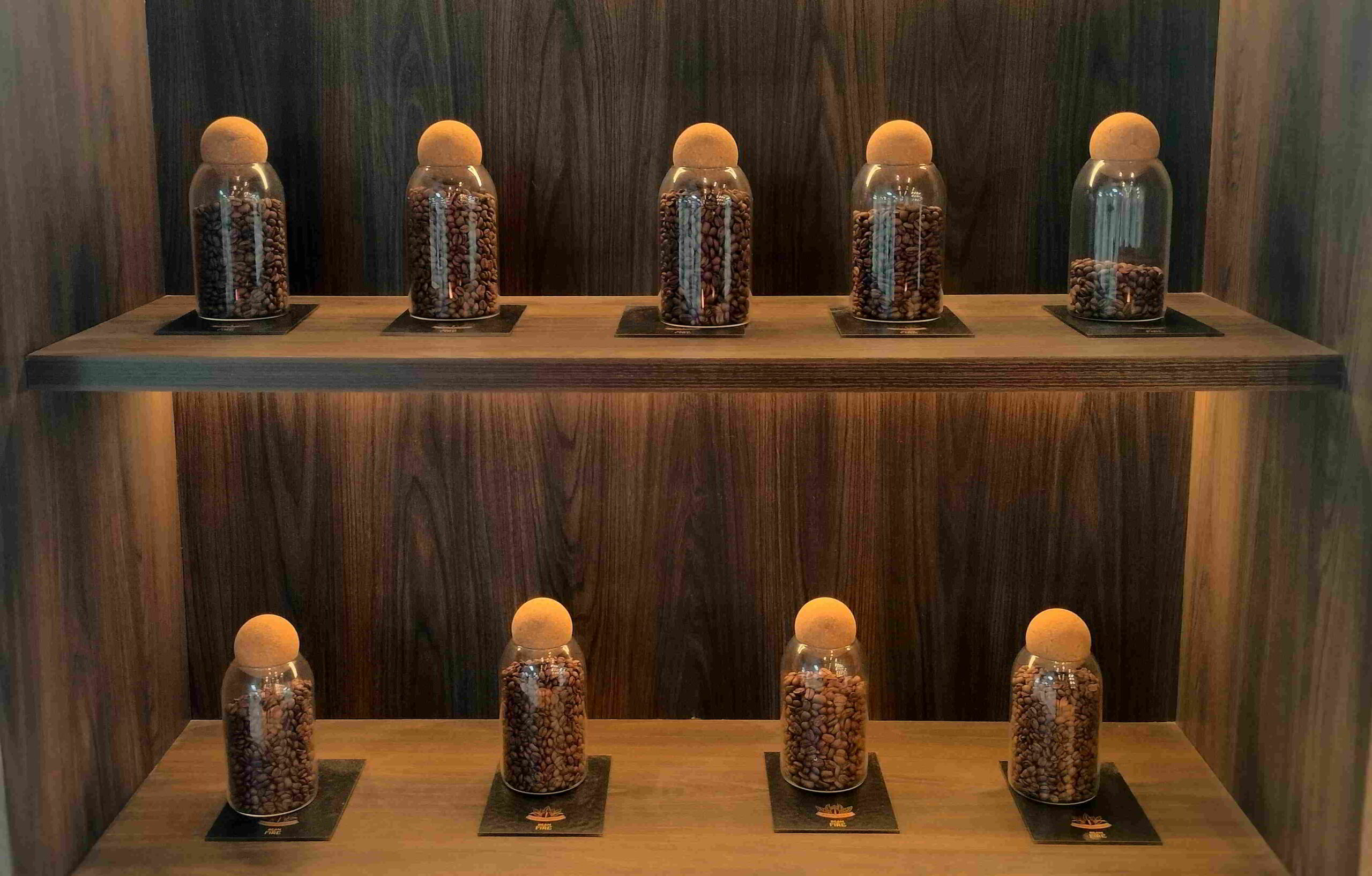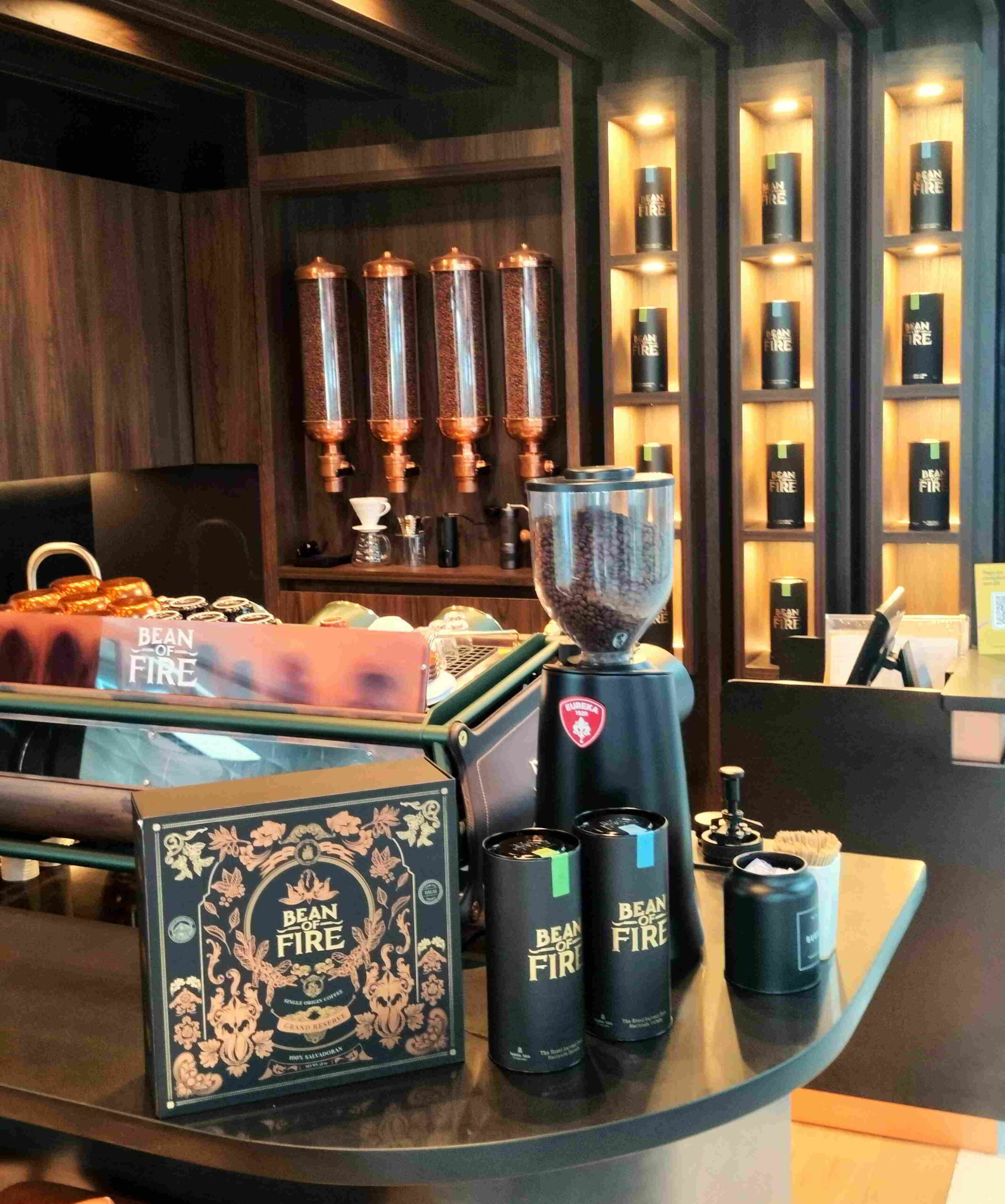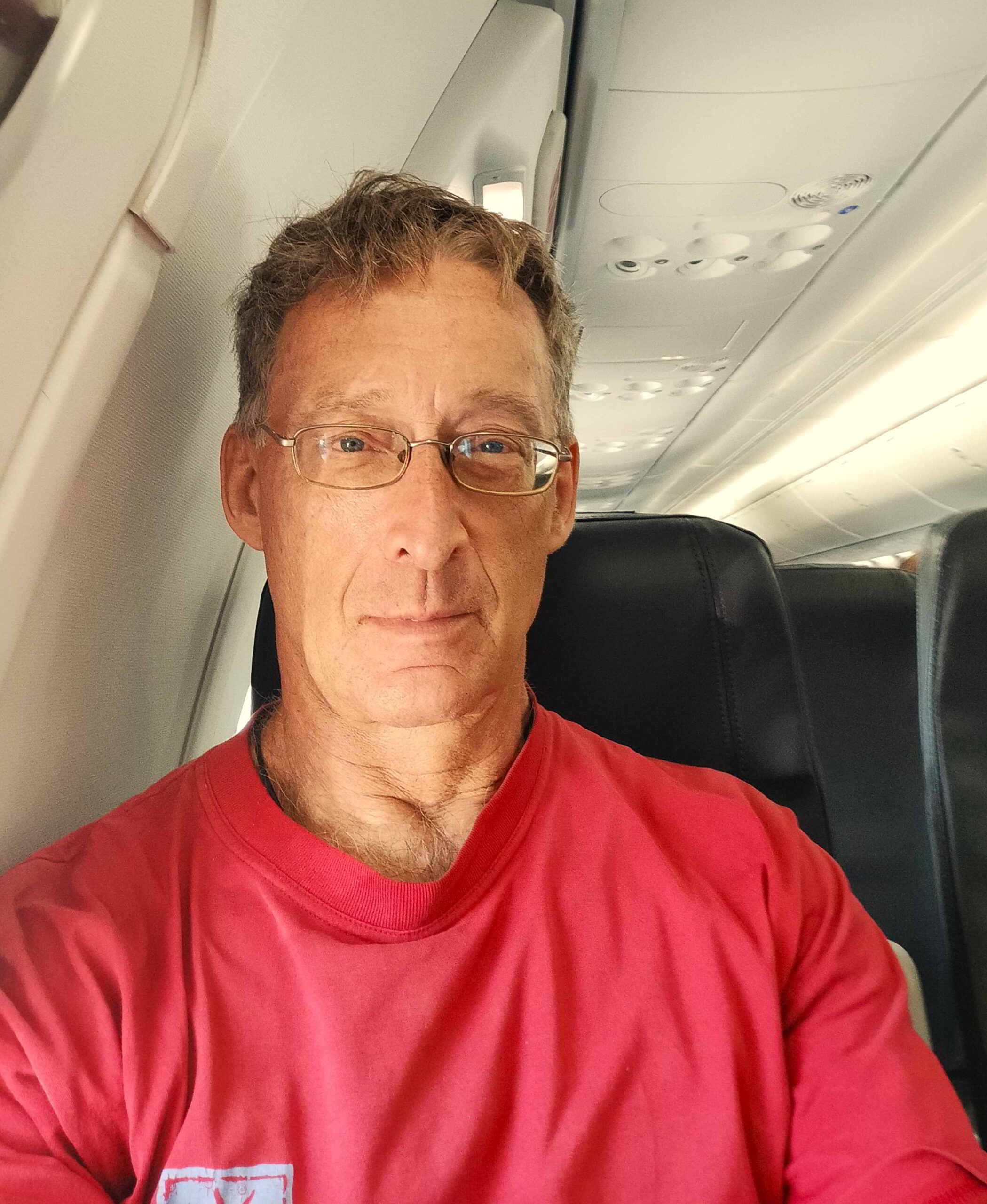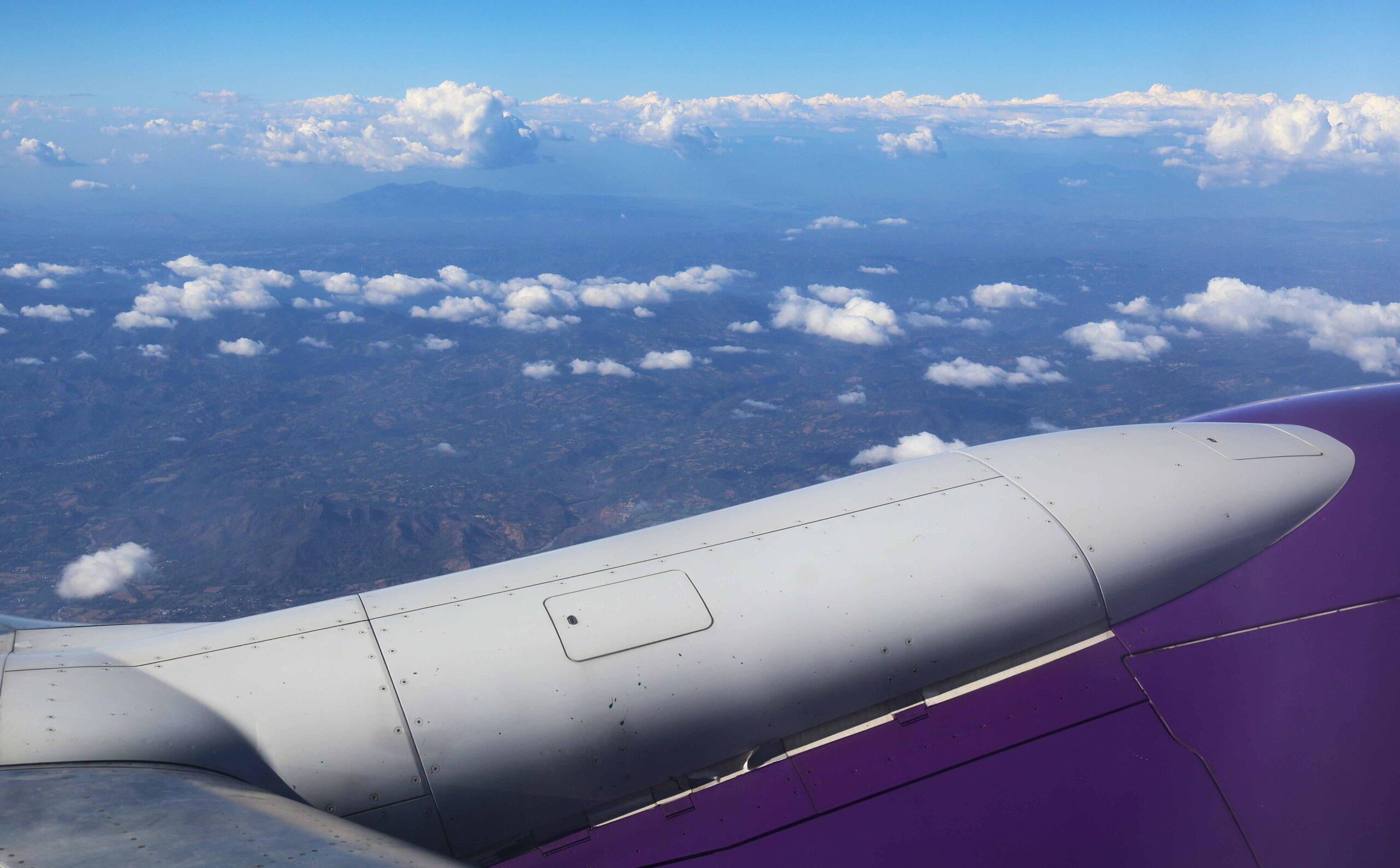February 12, 2025
I expect the trip to the San Salvador airport to be full of challenges, but it proves to be nothing but. Apparently, I can take the 23 bus from my current home in Mejicanos into the centre of town, then take the 138 to the airport.
While lumbering into the midday heat with my packs to the #23 bus stop is not particularly endearing, once I reach the main road and the usual helpful local points me to the bus stop, I need only lurch across the street in what is thankfully marginal traffic to reach the other side. And the bus that apparently doesn’t run with great frequency is already pulling up to the stop – and virtually empty.
Frustrating is the degree of congestion that plagues the city in its current state, inflated by the amount of commercial vehicles and buses continually stopping and blocking traffic on the narrow streets. But even if the bus would prove to arrive late or the bus to the airport not tenable, there is always the option of a taxi, expensive but efficient. The only problem with the 23 is that the bus turns around some distance from the Parque Libertad, and by the time I manage to get off the bus, I have to retrace a considerable distance on foot. Not very happy about that.
The 138 bus doesn’t stop immediately behind the new library – it’s some three blocks to the south, requiring an even longer slog in the not particularly memorable centre of the city – and the area immediately to the south is quite rough. The stop I have been directed to proves to be a small bus station, the driver of the next 138 enthusiastically pointing me to his microbus, in which I have the pleasure of taking one of the last seats. We don’t have to wait long, and are already off, the stifling heat replaced by the fresh breeze wafting through the open windows, and the urban environment quickly revealing a far greater degree of repair and redeeming greenery.
It seems almost unbelievable how easy and pleasant the bus trip to the airport is. The air in the bus is fresh, the windows remain open, the bus rarely stops to pick up or drop off passengers, almost an ideal trip – the fact that knowledge of this service is largely suppressed says a lot the degree of skepticism you have to apply to conventional travel resources, compiled by agencies that are lazy, ignorant, or with little incentive to inform people about services that are truly economical.
To understand the vast difference in cost between taxing a taxi and the public bus – a taxi would cost at the very minimum $20 from the centre – although to get that price, it would have to be prebooked (the Uber from my apartment in Mejicanos was priced at about $30) – while the local buses cost 25¢ for the 23 and 65¢ for the 138 from San Salvador to the airport, some 50 km out of town. Many things are more expensive than you would expect in El Salvador – one thing that is definitely not expensive is the bus service, by any stretch of the imagination very cheap – and very good, at least in terms of the frequency of service.
The landscape around us is reasonably scenic, the uneven terrain interrupted by escarpments that suddenly rear up, elsewhere the landscape gently rolling, the earth tinged reddish, the ubiquitous greenery unassuming, but relatively unimpeded by urban development of any sort. As we descend towards the southeastern coast, some volcanoes are visible in the distance, although the land seems to recede toward the south, losing elevation as we approach the coast.
As it goes with traveling, one of the cheapest travel experiences is also the best. I follow the map carefully, simply not believing that it could be that easy and quick to get to the airport in this manner – but it is – and we soon reach San Juan Talpa, pass beyond to the airport cargo area, then swing back to the service road that passes outside of the immediate airport, where I get off at the same stop as the one I waited so patiently when I arrived.
More surprises await me at the airport, and all of them good. As the airport is relatively small, getting to the designated check-in is hardly very challenging; Copa is currently handling the passengers for Arajet. There are next to no passengers in the lineup, hardly something to complain about, and the process for checking in negligible. It turns out that I do need to complete a detailed online entry document for the Dominican Republic that the attendant walks me through – although it seems strange to me that the tourism website for the Dominican Republic wouldn’t provide this information. Oh well.
The next surprise awaits me when I proceed to the gates – essentially proceeding up an adjacent escalator and walking a short distance down a corridor. It occurs to me that I haven’t passed through immigration – when I ask an official in the corridor what I seem to have missed, I am told that the immigration processing on departure is handled electronically at the check-in counter. You’re kidding. Another useless bureaucratic process that simply inflates congestion at airports flushed down the toilet.
How about a coffee? I have another hour before the flight for Santo Domingo leaves, and I may as well get some writing done, and enjoy one last local coffee, not that I expect anything but overpriced dross at the airport. A helpful official points me to a bar close by where they give out free samples of the President’s coffee. Coffee grown by the president of the country? Yes, precisely, coffee grown on the finca of President Bukele, near Santa Ana. For free. Seriously.
The counters of the formal-looking establishment are lined with jars of beans and imposing-looking metal canisters containing what presumably are premier quality beans. One of the uniformed employees decorously prepares an espresso from the sleek new machine, the coffee turning out be another shock to the system, strong with a slight underlying heaviness, but punctuated by bursts of delicate floral notes, with an incredible structure, single-handedly one of the best coffees I have had in years. I try a second type of bean, but it is far simpler, with touches of cocoa, with no floral aspect, although still a very fine coffee.
The employee tells me that the president has only one finca, and what appears to be a relatively small plot grows nine different types of beans. Yes, she confirms that the volcanoes around Santa and the Ruta de las Flores grow high quality beans, but the best are grown in the area of Matapan, to the north, close to the border of Guatemala and Honduras. This brief experience highlights that I need to return with a far more detailed agenda, with serious focus on exploring coffee, which I only did incidentally in my short stay in the country.
I had come to the airport with two full half-litre bottles of water in my day pack, and baggage screening told me I could keep the bottles until the final screen. Except that at the baggage check inside the departure lounge, the effusive uniformed young woman tells me that there are no restrictions on the fluids you take onto the plane. You’re kidding. I’ve heard about this change finally being introduced already a year or so ago, but have seen no evidence thus far. And here it is – the termination of another huge waste of time that has caused immeasurable grief for travelers, for little benefit.
Flying on a Boeing 737 MAX 8 is somewhat intimidating, but I guess these planes have already flown quite a bit to prove their worthiness. And yet the plane does look quite new … it is also virtually empty. I am not sure what kind of people would flying from El Salvador to the Dominican Republic, but the passengers look mostly Salvadorean. For a vacation? To the beaches? When the beaches in El Salvador no longer do it for you? Being in the Exit row, I can stretch my legs, and given that there is no one seated next to me, a great opportunity to lie down and rest: flying certainly seems to imbue a desire to sleep, not that I can normally sleep on flights in a seated position.
The trip is smooth and seamless until arriving in Santo Domingo, then matters become complicated. Passing through immigration should be straightforward – except that my agent’s passport scanner is broken, and I am left standing in front of her booth while she disappears. Sorry, that’s just not good enough – I take matters in my own hands, and am soon at the baggage claim, one of the last people picking up their bags, another surprise, considering how long you typically have to wait for your bags. Next I try to find out what banks charge the least for ATM withdrawals – according to what I see on the net, most banks have very low withdrawal limits, but then the Scotiabank apparently has no ATM fees.
According to Google Maps, there is no Scotiabank ATM at the airport – but there actually is – and while it allows me to withdraw the equivalent of CAD $300, it charges something like $8 for the pleasure. So much for using web-based resources to find anything out. There were a few mobile telephony booths just past immigration that I ignored, thinking I could get a SIM card in the Arrivals hall – but they are closing already, and when I speak with the representative of one, the price for a few weeks’ service seems unduly high. Airports are simply a catchment area for charging the gullible as much as you can get away with.
Now the question of how to get into town – the airport is located far to the east of the city, and apparently, there are no buses to the city, which seems ridiculous. I see no buses of any sort, and am not prepared to argue – and also end up paying more than I have ever for a taxi from an airport. I simply can’t believe that airport workers all own cars, or pay U.S. $40 for a one-way fare into town. One thing stands out: airports are places to fleece visitors to the max until they actually figure out how things work.
The cab driver is nice enough, not only bringing me to the gates of my Airbnb, but ensuring that I enter safely. The issue is now with Airbnb: the locale for which you don’t get an exact mapping prior to booking turns out to be located directly on a freeway. Really. The driver tells me I can walk anywhere during the day, but once it gets dark, there is no way I can risk walking anywhere – never mind the fact that the place is on a highway. We struggle with the lock on the outer gate, then struggle with the lock box on the upper gate, then try numerous keys before finding the right one to open the upper gate, then look for the keys to open the gate to the apartment door, then the apartment door itself. The experience with security itself is indicative of the level of safety here – i.e. probably not safe at all.
The cab driver concedes that while the Haitians who flee to the Dominican Republic are widely disparaged by locals, they underpin the economy, and without their presence, the Dominican economy would simply collapse. A familiar story in so many other countries.
And now it is too late to go out and eat, never mind shop for food. There seem to be supermarkets and restaurants around, but it all seems like too much drama to bother.
